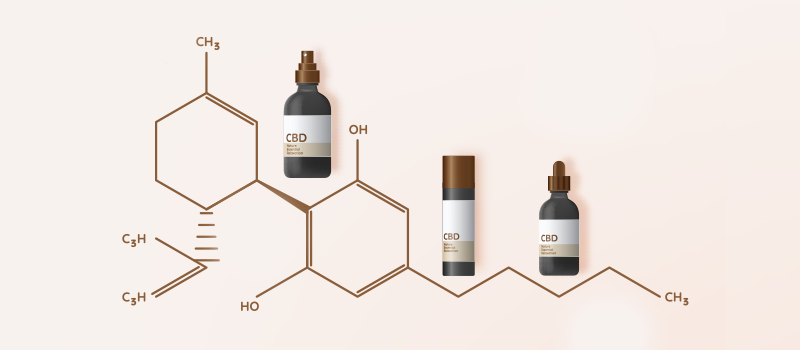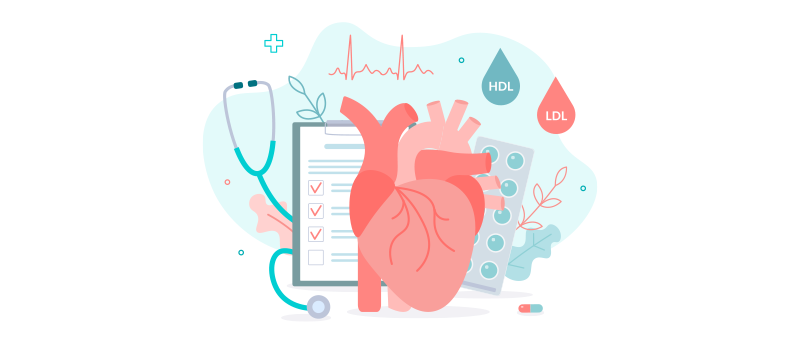What’s the Buzz
The Bee Healthy Blog
Heart Attack vs Angina (Chest Pain): Know the Signs

Approximately 800,000 people have a heart attack in the United States each year (that’s one heart attack every 40 seconds). An estimated 10 million Americans experience a symptom called angina pectoris (chest pain), and some 500,000 more develop symptoms of angina each year.
Both angina and heart attack are related conditions, but there are some key differences between them in terms of treatment. Angina is a symptom of coronary artery disease (CAD), and it does not permanently damage the heart. A heart attack is a cardiac syndrome during which coronary artery disease causes damage to the heart. Timely and proper treatment can be life-saving in people having a heart attack.
In this article, we will talk about heart attack versus angina and how to tell the difference. We will also discuss some risk factors and preventive strategies that can help you reduce your risk of angina episodes and heart attack.
What is a heart attack?
The heart muscle pumps blood to every organ in the body. It needs oxygen to function and survive. A heart attack (medical term: myocardial infarction) is an event in which the blood flow to the heart muscle is significantly reduced or completely blocked.
This occurs when coronary arteries that supply blood to the heart muscle become narrowed due to a buildup of cholesterol, fat, and other substances, called plaque. The slow process of plaque buildup is called atherosclerosis, and it does not cause any symptoms or warning signs.
However, if a piece of the plaque breaks off, a blood clot forms, which can block the blood flow in the arteries supplying blood to the heart muscle.
As a result, the heart muscle is starved of oxygen, resulting in damage and heart attack symptoms.
What is angina?
Angina (medical term: angina pectoris) is a type of chest pain that develops when the heart muscle does not get enough blood. It is a temporary or partial disruption in blood flow that causes chest pain or discomfort. Angina is not a condition. Instead, it is a symptom or warning sign of coronary artery disease.
There are different types of angina:
- Stable angina: This is a common type of angina that follows a consistent and predictable pattern. The chest pain occurs during stress or physical activity and improves with rest and relaxation.
- Unstable angina: This type of angina comes on suddenly without warning and can occur even at rest. The likely cause is a blood clot in an artery. Unstable angina can signify a heart attack and is a medical emergency.
- Microvascular angina: This type of angina occurs when tiny blood vessels in the heart are affected (called coronary microvascular disease). It comes on with activities or stress and lasts longer (10-30 minutes on average) compared to other types of angina.
- Variant angina: A rare variation called Prinzmetal angina occurs due to coronary spasms that are often more frequent at night. Triggers for this type of angina pain include smoking, substance abuse, cold weather, emotional stress, and certain medications.
What are the symptoms of heart attack and angina?
Angina Symptoms
- Severe chest pain and pressure often described as a squeezing, suffocating, or burning sensation in the chest, usually behind the breastbone.
- Angina pain lasts a few minutes and then goes away.
- The symptoms are brought on by exercise, physical exertion such as climbing stairs, or emotional stress.
- The symptoms may improve when you rest and relax.
- Other symptoms accompanying chest pain or discomfort include pain in the neck, jaw, or shoulder, shortness of breath, abdominal pain, indigestion, nausea, vomiting, fatigue, and excessive sweating.
Heart Attack Symptoms
- Chest tightness and pain in the center or on the left side of the chest that feels like a pressure, fullness, or squeezing sensation.
- The pain lasts more than a few minutes. It can go away and come back again.
- The pain can spread to the jaw, neck, back, arms, and shoulders.
- Other symptoms along with the chest discomfort can include weakness, lightheadedness, fainting, tiredness, shortness of breath, breaking out in a cold sweat, nausea, and vomiting.
So, as you can see, angina and heart attack can feel very similar.
How to tell if it is angina or heart attack?
- Physical activity, stress, large meals, and cold temperatures trigger angina. A heart attack occurs at any time, often without triggers.
- Angina symptoms are relieved within a few minutes by rest, relaxation, and taking medications used to treat angina. Heart attack symptoms do not go away without emergency medical treatment.
- Angina lasts for 5-10 minutes, 30 minutes at most. Heart attack symptoms last for longer than 30 minutes.
When to go to the ER for chest pain?
Cardiac chest pain can signify a heart attack and is potentially life-threatening. Call 911 or have someone take you to the nearest emergency room without delay if you are experiencing chest pain that lasts longer than 5 minutes and does not go away with rest or medication.
Contact your healthcare provider right away if you have been diagnosed with angina, your medication is not working, or you have unusual symptoms.
What tests are used to diagnose angina and heart attack?
Some of the tests doctors use to diagnose a heart attack and angina and tell one from the other include:
- Blood tests to measure proteins and elevated enzymes during a heart attack.
- Chest x-ray to assess whether you have an enlarged heart or fluid in your lungs.
- Exercise tolerance test, stress test, or exercise electrocardiogram to assess your heart’s response to exercise or stress.
- Electrocardiogram (EKG/ECG) to check the heart’s electrical activity or rhythm and check for an irregular heartbeat.
- A transesophageal echocardiogram (TEE) produces images of your heart using sound waves and evaluates if any area of your heart is damaged.
- Coronary angiography to find out if you have blockages in your heart’s arteries.
- Cardiac catheterization to see how well your heart is working, assess the blood supply to the heart muscle, and identify any blocked arteries to the heart.
- Thallium scan to see how much blood is reaching different parts of your heart.
- Cardiac CT scan or MRI to obtain detailed images of your heart.
What is the treatment for angina and heart attack?
The earlier you get treatment for heart disease, the more likely it is to be successful. Medication and lifestyle changes are the main approaches to treating heart disease and preventing angina and heart attacks. If these measures are not successful in getting more oxygen-rich blood to the heart, doctors can perform procedures such as coronary angioplasty, atherectomy, and coronary artery bypass grafting (CABG) to help open up blocked blood vessels and improve heart health.
How can I reduce my risk of coronary artery disease?
Here are some strategies to prevent angina and heart attack and reduce your risk of heart disease:
- Quit smoking.
- Eat a heart-healthy diet.
- Stay active with moderate physical activity (30 minutes 5-7 days a week).
- Maintain a healthy weight—if you’re overweight, aim to bring your BMI (body mass index) to the normal range—losing 5-10% of your body weight can lower your risk of developing heart disease.
- Manage stress through meditation, exercise, and relaxation—sign up for a stress-management program or seek counseling if needed.
- Follow treatment recommendations for conditions such as high blood pressure, high cholesterol, and diabetes which are risk factors for heart disease.
References:












SOCIAL